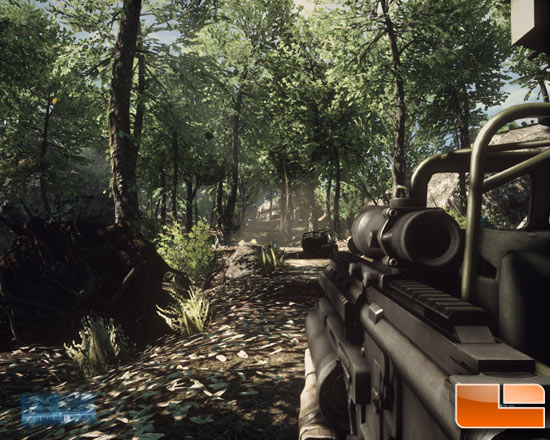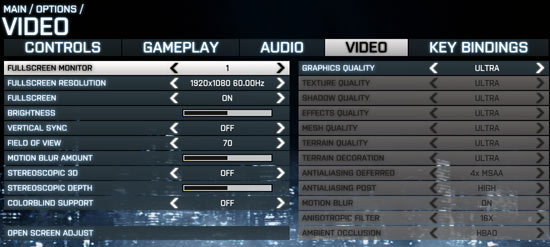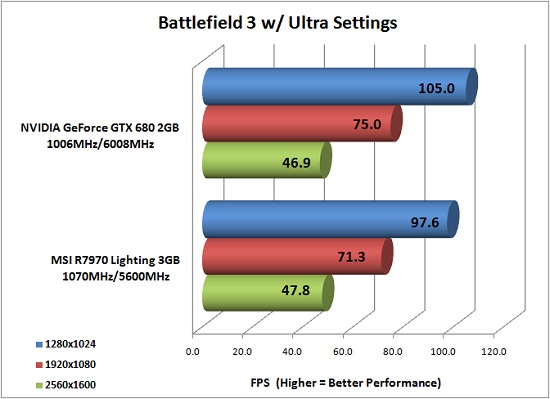NVIDIA GeForce GTX 680 Video Card Review
Battlefield 3

Battlefield 3 (BF3) is a first-person shooter video game developed by EA Digital Illusions CE and published by Electronic Arts. The game was released in North America on October 25, 2011 and in Europe on October 28, 2011. It does not support versions of Windows prior to Windows Vista as the game only supports DirectX 10 and 11.
It is a direct sequel to 2005’s Battlefield 2, and the eleventh installment in the Battlefield franchise. The game sold 5 million copies in its first week of release and the PC download is exclusive to EA’s Origin platform, through which PC users also authenticate when connecting to the game.

Battlefield 3 debuts the new Frostbite 2 engine. This updated Frostbite engine can realistically portray the destruction of buildings and scenery to a greater extent than previous versions. Unlike previous iterations, the new version can also support dense urban areas. Battlefield 3 uses a new type of character animation technology called ANT. ANT technology is used in EA Sports games, such as FIFA, but for Battlefield 3 is adapted to create a more realistic soldier, with the ability to transition into cover and turn the head before the body.
This game looks great and we tested with the highest settings possible. This means we used ‘ultra’ settings and really punished the cards being tested. We ran FRAPS for two minutes on the single player map called ‘Rock and a Hard Place’ for benchmarking.

Benchmark Results: The NVIDIA GeForce GTX 680 was 11.4 FPS or 18% faster than the AMD Radeon HD 7970 reference card! The MSI R7970 Lighting is factory overclocked up to 1070MHz on the core clock and was still unable to catch up to the GeForce GTX 680 at either 1920×1200 or 1280×1024. The MSI R7970 Lighting was found to be 5.2% slower than the GeForce GTX 680 at the very popular 1920×1080 screen resolution with ultra settings.

The MSI R7970 Lighting was found to be a tad slower than the NVIDIA GeForce GTX 680 at 1920×1080 and 1280×1024, but on a 30-inch monitor at 2560×1600 it was able to pull ahead by nearly 1 frame per second. Not a significant difference by any means!

Comments are closed.